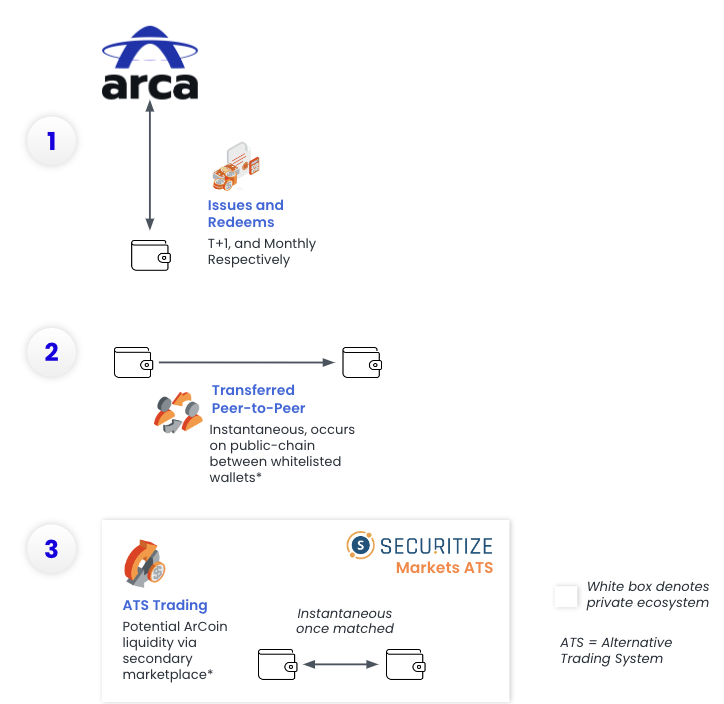Research Summary
The report provides an in-depth analysis of Avalanche, a blockchain platform launched by Ava Labs in 2020. It discusses Avalanche’s unique consensus mechanism, its three-chain structure, and its user experience. The report also examines Avalanche’s business model, token issuance, and its comparison with Ethereum’s Layer 2 solutions. It further explores Avalanche’s ecosystem fund, Blizzard, its NFT sales, and collaborations with institutions like Wellington and T. Rowe. The report concludes with an evaluation of Avalanche’s social and community metrics and its potential future developments.
Key Takeaways
Avalanche’s Unique Consensus Mechanism and Three-Chain Structure
- Avalanche’s Consensus Mechanism: Unlike other blockchains that require all nodes for consensus, Avalanche solicits a subset of validators, allowing for greater throughput and scalability. This unique consensus mechanism sets Avalanche apart from its competitors.
- Three-Chain Structure: Avalanche’s network consists of three chains: the Contract Chain (C-Chain) for smart contracts and DeFi apps, the Exchange Chain (X-Chain) for transactions, and the Platform Chain (P-Chain) for staking and validating. This structure provides flexibility and functionality for different types of operations.
Avalanche’s Business Model and Token Issuance
- Business Model: Avalanche’s business model involves selling “blockspace” where transactions are recorded, with users paying in AVAX tokens that are entirely burned. This acts as an automatic “share buyback,” creating a deflationary state during high on-chain activity.
- Token Issuance: Validators on Avalanche are compensated through new issuance of AVAX tokens (inflation). In the past year, Avalanche generated $11.5 million in user fees but paid out over $275 million in token issuance to validators, highlighting the use of token inflation to support the network initially.
Comparison with Ethereum’s Layer 2 Solutions
- Ethereum Developers on Avalanche: Ethereum developers find it comfortable to deploy on Avalanche’s EVM-compatible C-Chain, with major projects like GMX, Aave, 1inch, Uniswap, and Curve launching on Avalanche. However, these projects haven’t matched their Ethereum usage levels on Avalanche.
- Competition with Ethereum L2s: Avalanche is seen as competing with Ethereum Layer 2 solutions but is lagging behind significantly in this competition. Ethereum L2s like Arbitrum, Optimism, and Polygon are seeing fee increases of 130%, 75%, and 25%, respectively, indicating they may be capturing market share from Avalanche.
Avalanche’s Ecosystem Fund, Blizzard
- Blizzard’s Target: Avalanche’s ecosystem fund, Blizzard, with over $200 million, is targeting gaming developers to build on its subnet infrastructure. Notable GameFi projects on Avalanche include Shrapnel, Cosmic Universe, OpenBlox, and Domi Online.
Avalanche’s Collaborations and Future Developments
- Collaborations with Institutions: Ava Labs launched Evergreen Subnets in April 2023, allowing institutions like Wellington and T. Rowe to create private networks while connecting with other subnets. KKR tokenized a fund on Avalanche in September 2022, and JP Morgan tested blockchain technology with Avalanche for Project Guardian.
- Future Developments: The report suggests that while Avalanche’s technology is potentially superior, it lacks certain elements that have allowed Ethereum’s L2s to attract more projects, users, liquidity, and developers, despite launching later. The authors express a belief in the power of Ethereum’s network effects and commit to continuing to monitor the Avalanche ecosystem for developments.
Actionable Insights
- Understanding Avalanche’s Unique Features: Avalanche’s unique consensus mechanism and three-chain structure offer potential advantages in terms of scalability and functionality. Stakeholders should consider these features when evaluating Avalanche’s potential for growth and adoption.
- Evaluating Avalanche’s Business Model: Avalanche’s business model, which involves selling “blockspace” and burning AVAX tokens, presents a unique approach to maintaining network operations. Stakeholders should assess the sustainability of this model, particularly in relation to the platform’s reliance on token inflation.
- Comparing Avalanche with Ethereum L2s: Avalanche’s competition with Ethereum’s Layer 2 solutions provides a useful benchmark for evaluating its performance and potential. Stakeholders should monitor developments in both ecosystems to understand trends and shifts in market share.
- Exploring Opportunities in Avalanche’s Ecosystem Fund: Avalanche’s ecosystem fund, Blizzard, offers opportunities for developers, particularly in the gaming sector. Developers should explore the potential benefits of building on Avalanche’s subnet infrastructure.
- Monitoring Avalanche’s Collaborations and Future Developments: Avalanche’s collaborations with institutions and its future development plans provide insights into its growth strategy. Stakeholders should monitor these developments to assess Avalanche’s potential for long-term success.













